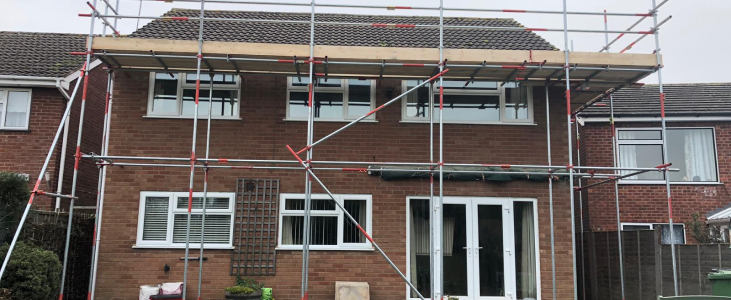38. Building safety and defects
When discussing building safety and potential defects that could create safety risks, transparency and caution are of utmost importance. This information is critical for potential buyers or new leaseholders to assess the safety of the property.
Here's a detailed look at why and how to report building safety concerns and defects:
Safety first | Building safety is a paramount concern. By sharing information about the presence of cladding or potential defects, you prioritise the safety and well-being of current and future residents. |
Inquire with relevant authorities | To provide accurate information, you may need to inquire with property management or relevant authorities. This might include local building inspectors, fire safety officials, or any entities responsible for safety inspections. |
Potential risks | It's essential to mention any suspicions of cladding or defects that could create safety risks, even if they have not been officially confirmed. Transparency about potential safety risks allows potential buyers or new leaseholders to take precautions and conduct their own assessments. |
Transparency matters | Transparency in reporting potential safety concerns is crucial. It builds trust and ensures that all stakeholders are aware of any issues that may affect their safety or property value. |
Due diligence | Potential buyers or new leaseholders are likely to conduct due diligence regarding building safety. Providing information about potential concerns allows them to make informed decisions and take necessary precautions. |
Consult with professionals | If there are concerns about building safety or defects, it's advisable to consult with professionals who can assess the situation and provide guidance. This might include structural engineers, fire safety experts, or legal representatives with expertise in property safety. |
Legal obligations | Property owners and management companies have legal obligations to ensure building safety. Reporting concerns and taking appropriate action is a fundamental responsibility. |
Preventive measures | In some cases, potential defects can be addressed through preventive measures, renovations, or safety upgrades. Reporting these concerns allows for early intervention and resolution. |
Due to the sensitive nature of building safety issues and the potential legal implications, it's crucial to handle this reporting with care and to consult with experts who can guide you in providing accurate and appropriate information.
Reporting building safety concerns and potential defects is a fundamental aspect of property management and disclosure. Transparency about these issues is essential for ensuring the safety of residents and the property's overall well-being. Even if concerns are suspicions or have not been officially confirmed, it is vital to mention them to prioritise safety and allow potential buyers or new leaseholders to make informed decisions.

